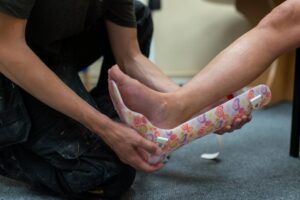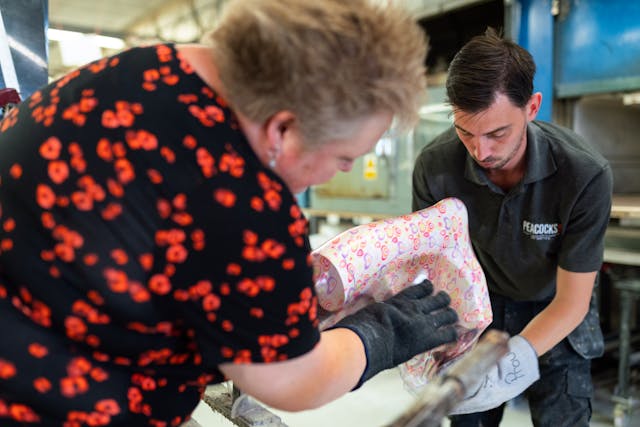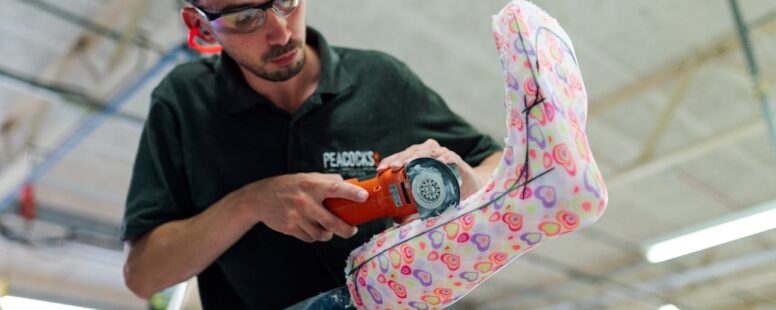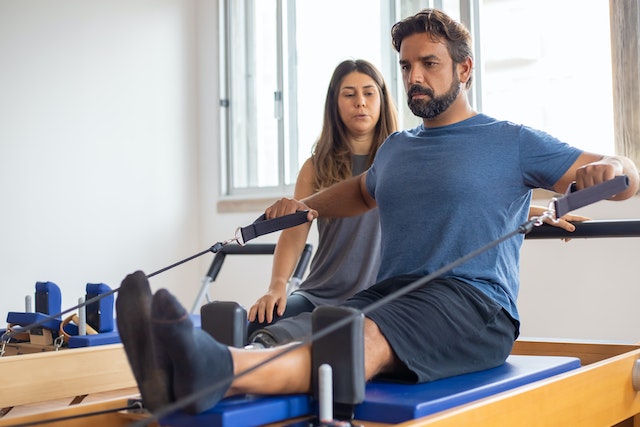Unpacking the Waiting Game: Timing Your Expectations With Orthotics
Have you ever found yourself in a game of patience, eagerly awaiting results that seem to take forever? When it comes to orthotics, many people experience this familiar tug-of-war between hope and reality. As we dive into the world of custom insoles and orthopedic supports, it’s essential to understand not just how they work but when you can expect to feel their transformative effects. In this post, we’ll unravel the complexities surrounding orthotic timing—helping you navigate your journey with realistic expectations and a dash of optimism.
Understanding Orthotics: A Quick Overview
 Orthotics are specially designed shoe inserts that help correct alignment, reduce pain, and improve mobility. They’re often used to treat issues like plantar fasciitis, flat feet, and even conditions like knee, hip, or back pain. By redistributing pressure and supporting the arches, orthotics aim to improve your posture and biomechanics, which can, over time, help alleviate discomfort and prevent further injury.
Orthotics are specially designed shoe inserts that help correct alignment, reduce pain, and improve mobility. They’re often used to treat issues like plantar fasciitis, flat feet, and even conditions like knee, hip, or back pain. By redistributing pressure and supporting the arches, orthotics aim to improve your posture and biomechanics, which can, over time, help alleviate discomfort and prevent further injury.
The Adjustment Period: A Few Days to a Few Weeks
When you first start using orthotics, there is usually a break-in period. Most people don’t experience immediate relief because your body needs time to adjust to the new positioning of your feet and joints. Typically, it takes about a week or two for your body to get used to wearing them daily. During this period, you may experience some mild discomfort or soreness as your muscles and joints adapt to the alignment changes. It’s important to note that this initial discomfort is completely normal. Think of it like trying a new pair of shoes – they may feel a little stiff or uncomfortable at first, but over time, they begin to mold to your feet. With orthotics, the goal is to correct and improve your posture and alignment, which may initially cause some temporary discomfort as your body adjusts. The best custom orthotics may provide the much-needed support your body needs.
Seeing Initial Results: 2-4 Weeks
After the break-in period, you’ll likely begin to feel some initial improvements. Within the first two to four weeks, you should start to notice a reduction in pain and discomfort in areas that were previously affected. This is especially true for conditions like plantar fasciitis, where the pain may gradually lessen as the orthotics support the arch of your foot more effectively. Keep in mind, though, that while some relief can come fairly quickly, the full benefits may still take time. For example, if you’re using orthotics for posture or to alleviate knee or back pain, the timeline for improvement might be a little longer. Your body is complex, and alignment issues may take more time to address than foot-specific conditions.
Full Results: 1-3 Months
For most people, significant and lasting results are typically noticeable within one to three months of consistent use. During this time, you’ll likely experience a greater reduction in pain, more stability, and improved function in your feet and lower body. Your body will fully adapt to the orthotics, and you may find that you can walk or stand for longer periods without discomfort. If you’re using orthotics for more than just foot pain – like to improve posture or help with hip or back alignment – this is when you’ll see the bigger improvements. Keep in mind that the extent of your progress will depend on the specific condition you’re treating, how severe it is, and how consistently you wear your orthotics.

Maintaining Long-Term Benefits
Once you’ve reached the point where you’re feeling great and seeing the results you were hoping for, it’s important to continue using your orthotics as recommended. Some people may think they can stop using them once the pain is gone, but orthotics work to maintain proper alignment and prevent future issues from cropping up. In some cases, you may need to adjust your orthotics or get new ones as your needs change over time. Regular check-ups with a specialist can ensure that your orthotics continue to work for you as your body evolves.
While you may see some quick relief within the first few weeks, it typically takes one to three months of consistent use to see the full benefits of orthotic treatments. Just remember, patience is key – your body needs time to adjust, and the more consistent you are with wearing your orthotics, the sooner you’ll start feeling the positive effects.…








 Drink plenty of water daily. Most experts believe that at least eight glasses are necessary to maintain
Drink plenty of water daily. Most experts believe that at least eight glasses are necessary to maintain  Regular exercise is remarkable for our skin because it helps circulate blood flow, which can help the skin look healthy and clean. People who exercise regularly should ensure they take enough water to keep them hydrated and help flush out the toxins.
Regular exercise is remarkable for our skin because it helps circulate blood flow, which can help the skin look healthy and clean. People who exercise regularly should ensure they take enough water to keep them hydrated and help flush out the toxins.